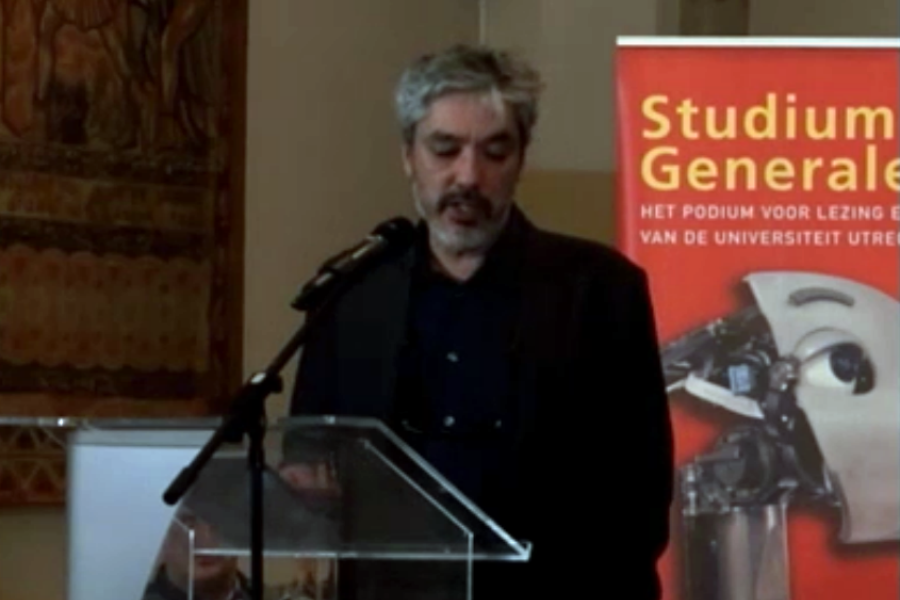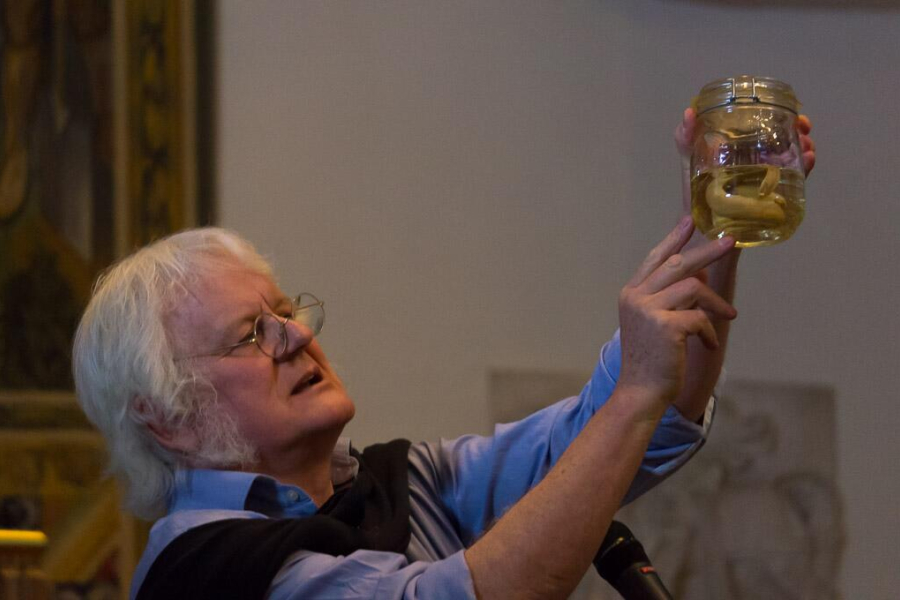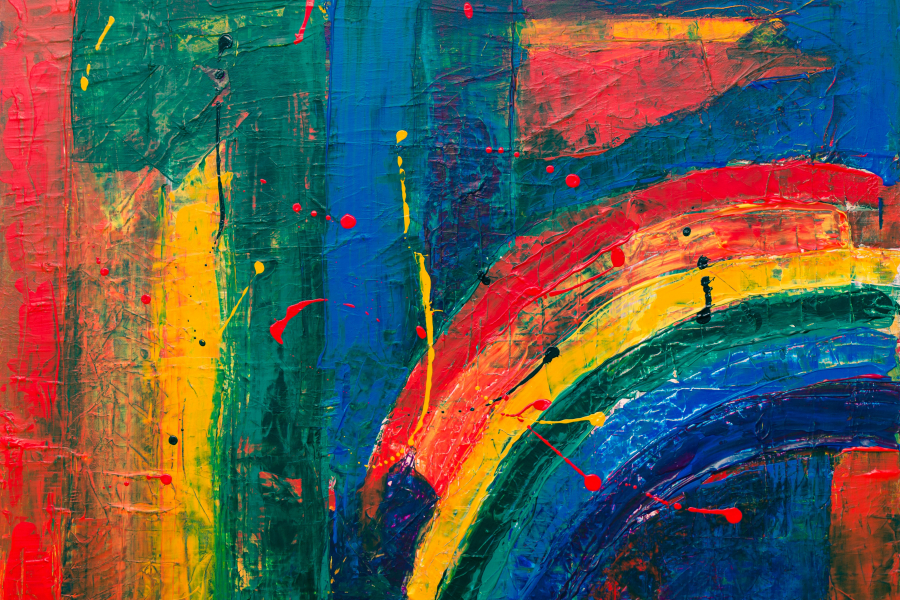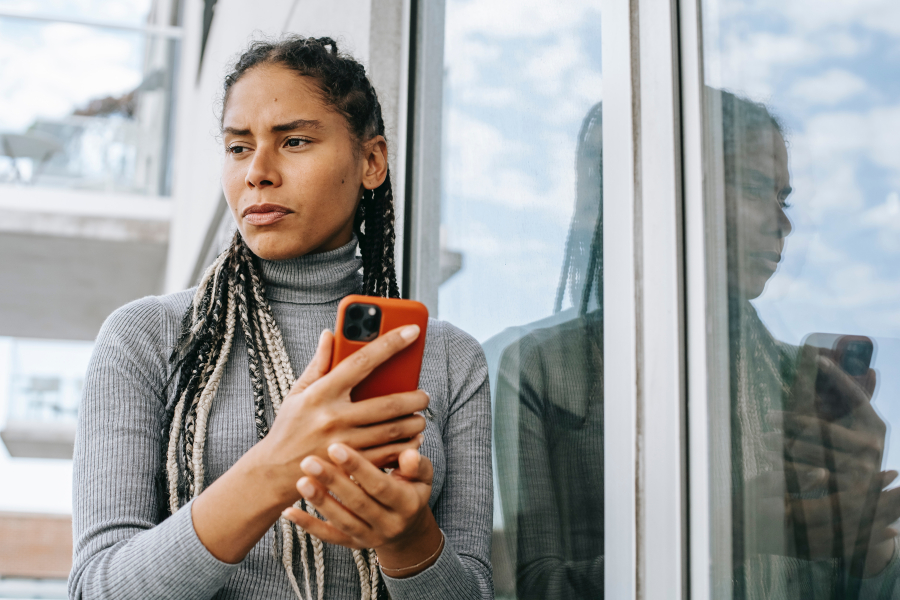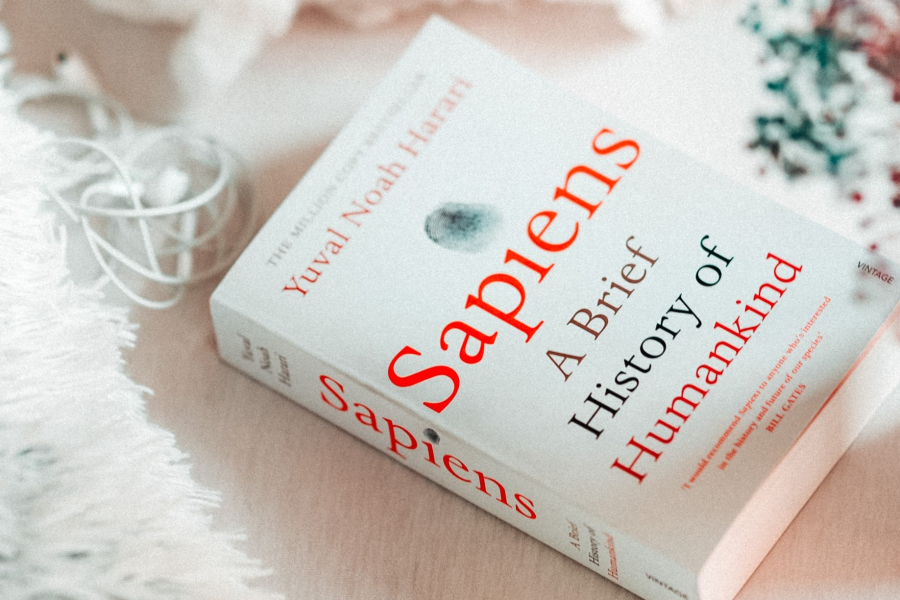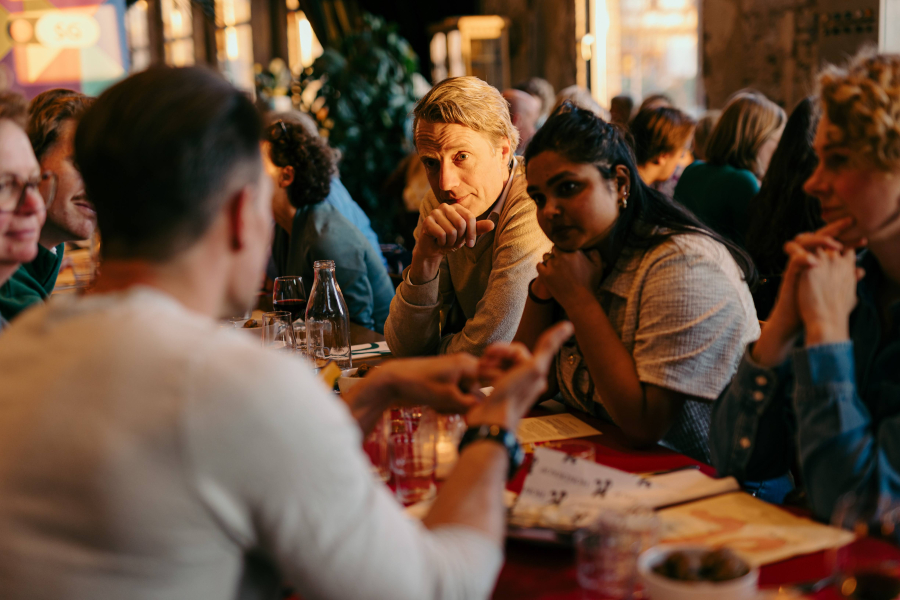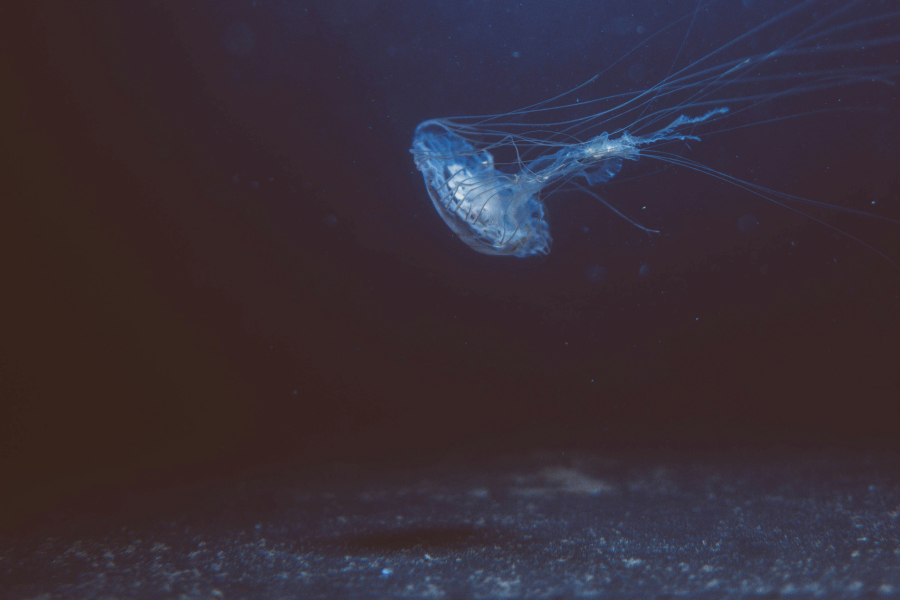Why Jane Goodall is an extraordinary scientist
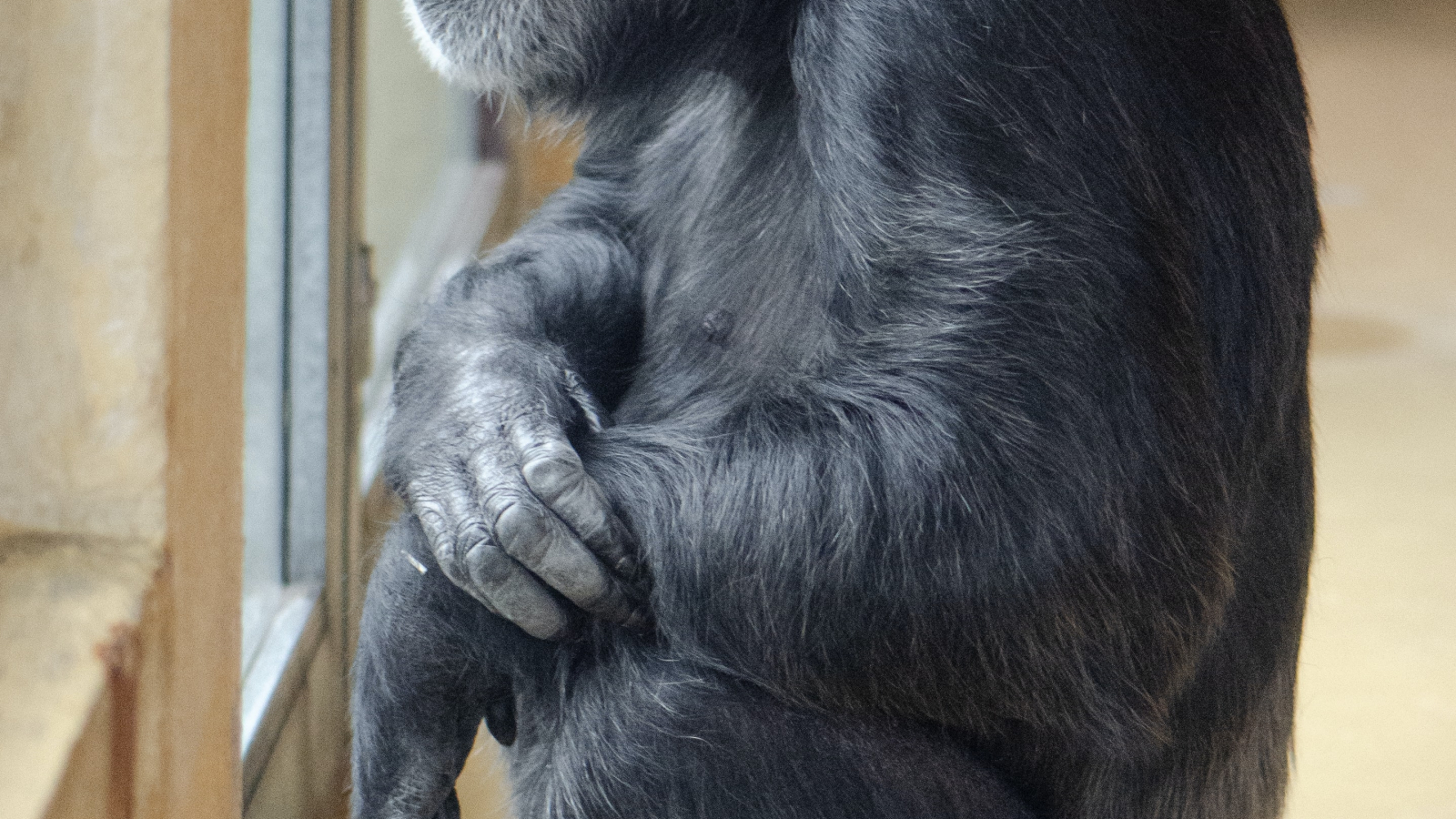
For a long time, chimpanzees were simply misunderstood. Then came Jane Goodall. As a young primatologist she travelled to the deep jungle of Tanzania, where she pioneered new ways of studying human's closest living relative, the chimpanzee. For the first time, we saw chimps for what (or who) they really are. She wrote down her experiences in the book My Life with the Chimpanzees.
Jane did it anyway
"Jane was the first person in the world to eventually gain the trust of the animals living in the area," Lisette van den Berg, behavioural biologist of primates (UU) and long-time fan of Jane, explains. "She was able to observe them for a long time in their natural habitat."
From her unique position, Goodall saw the chimpanzees differently than most scientists at the time. For one, she started to recognise them as individuals, with individual traits and characters. "Once you have been close to chimps for a while they are as easy to tell apart as your classmates," Jane wrote in her book.
Because the chimps were individuals, it made sense for Jane to start giving them names. In the scientific world of the era this was unprecedented, even "not-done". But Jane had no experience in the sciences, so she did not know about this, and she did it anyway.
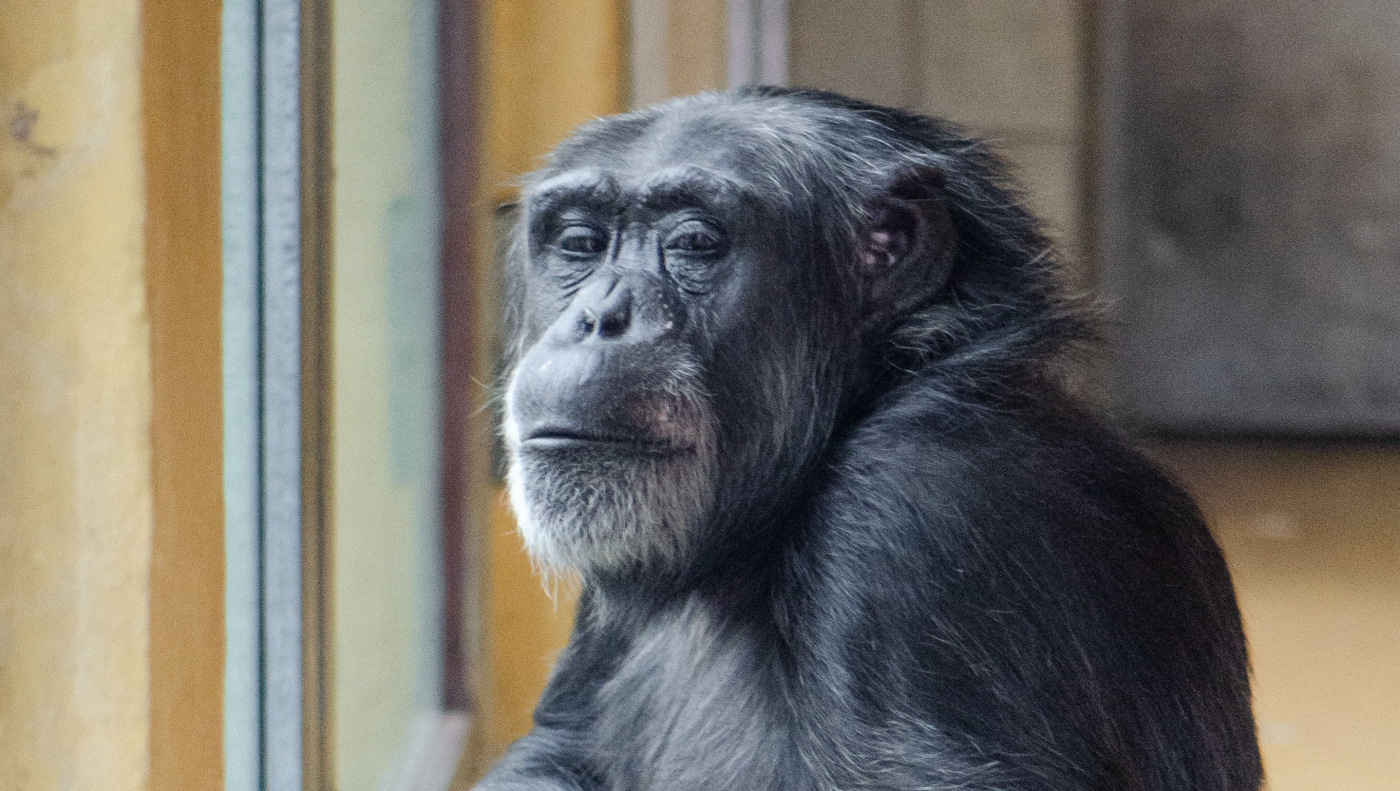
No wild and aggressive monkeys
According to Van der Berg, the dominant image of apes and monkeys at the time when Jane penned her first observations, was of wildness and aggression. "Think King Kong," Van der Berg explains. What Jane observed stood in complete contrast to that image. She saw the chimps acting socially, with maternal care, sometimes even politically. The chimps of the Gombe jungle organised themselves in warfare, in support and alliances, thus displaying highly complex social behaviour. If you, for example, see chimpanzees fetching ticks and other insects from each other's hairy backs, a behaviour called 'social grooming', their goal is not mere hygiene. Grooming, Van der Berg explains, establishes hierarchy, maintains pre-existing coalitions or forms new bonds, and works in reducing tension and stress.
"Now we must redefine tool, redefine man, or accept chimpanzees as humans" - Dr. Lous Leakey in a telegram to Jane Goodall
Perhaps Jane's most famous finding was when she observed a chimp approaching a termite mount with a twig. The termites, hidden away down in the deep crevices of the mount, were uncatchable with fingers only. Even using the twig didn't work immediately. What happened then was extraordinary: the chimp took out the twig and modified it to fit its purpose. It took off the leaves and shaped it as a hook, sticking it in to fish for the termites. When describing this situation to her scientific mentor Dr Louis Leakey, he wrote her back: "Now we must redefine tool, redefine man, or accept chimpanzees as humans."
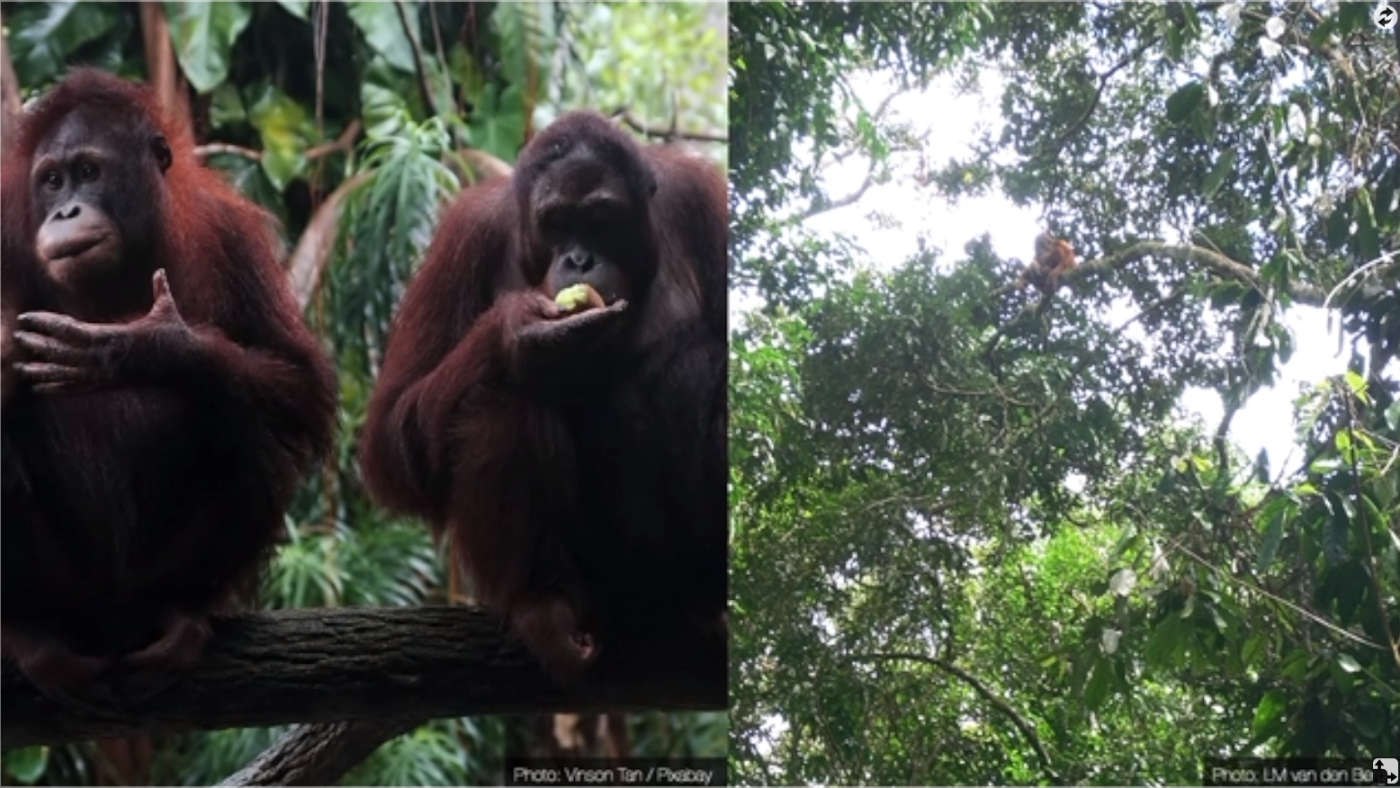
Understand, care and help
Making such a large number of new observations is no small feat. "Studying animal behaviour in the wild is hard work," Van der Berg explains. "You have to endure ordeals like insects, isolation, watching out for snakes, bores, even leopards. It's physically challenging."
What drove Jane to do it? About her motivation, she said: "Only if we understand, can we care. Only if we care, we will help. Only if we help, we shall be saved." Led by this conviction, Jane at 86 still travels the world with the same ardour. She reaches out worldwide, by writing popular scientific books such as My Life With the Chimpanzees, speaking on television and film, and creating international programs such as Roots &: Shoots that teaches children the knowledge and values of conserving nature. To make people understand, care for and help the chimpanzee and in this way understand, care for and help ourselves as well.



